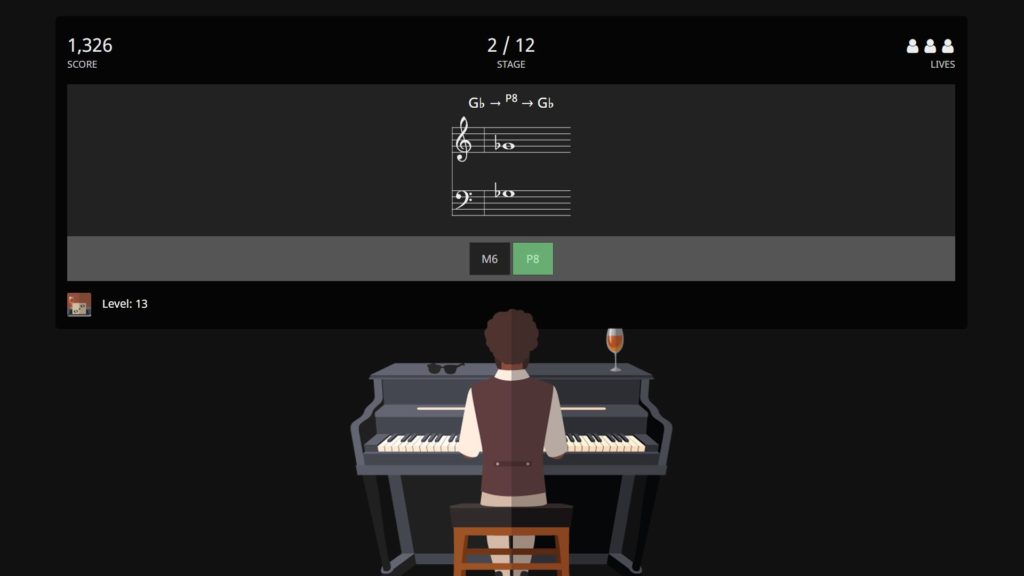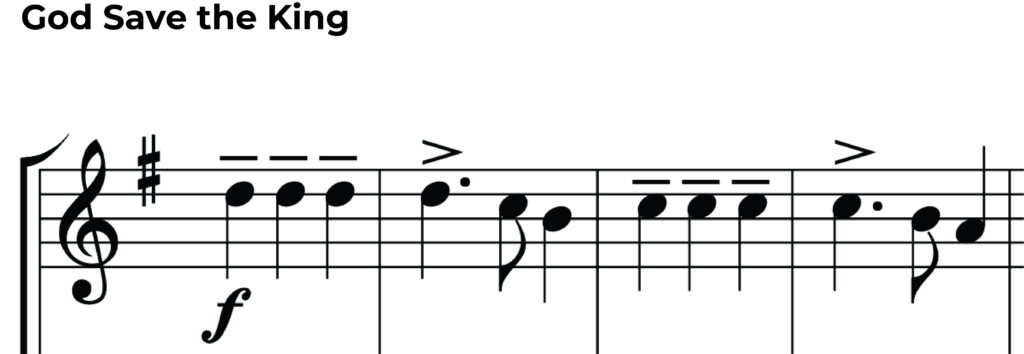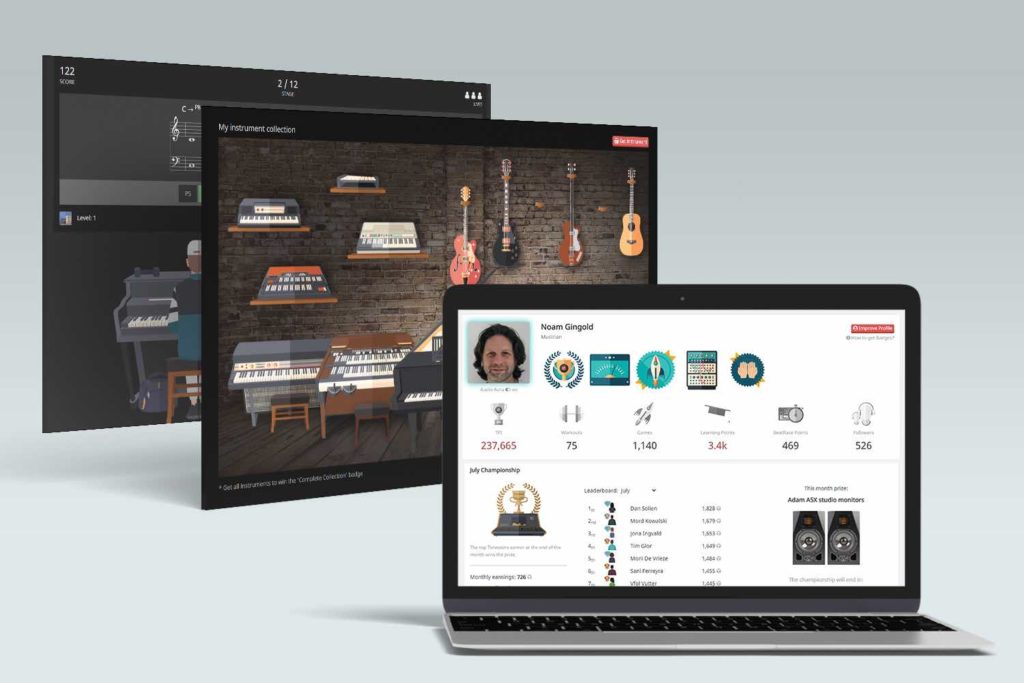In the musical world, few things are more common and fundamental as a perfect unison. This interval creates a sense of unity and establishes a firm foundation for melodic and harmonic structures. In this article, we’ll delve into the characteristics of the perfect unison interval, explore its similarities and differences with the octave, and highlight examples in popular songs and orchestral compositions.
What is Perfect Unison?
The perfect unison interval occurs when two pitches share the exact same note, either in terms of pitch or octave. It is the most basic interval, representing perfect consonance and complete unity.
Often referred to as the “same note,” the perfect unison acts as a musical glue, providing stability and establishing a tonal center. It brings a sense of familiarity and cohesion, ensuring that different voices or instruments are in unison and contributing to the overall harmony.

We could have a melodic interval, as show above, in which the same instrument plays two identical notes one after another. Alternatively we could have two or more instruments playing the same note (in the same register) at the same time. This would be a harmonic interval.

It is worth noting that instruments can play the same pitch but will produce a different quality of sound or timbre. Timbre is how we can tell the difference between a guitar or violin playing. The timbre of the instrument depends on precise combination of harmonics produced and the amplitude of those harmonics.
So two different instruments playing the same note will produce a new richer sound, combining their individual timbres. We often find this in orchestras, where the compose will have multiple instruments playing the same note.
See this article for a deep dive into frequencies, the harmonic series and timbre.
Perfect Unison vs Octaves
Though closely related, the perfect unison is not identical to the octave. The octave represents the interval between two notes that are eight diatonic scale steps apart. It is essentially a doubled frequency of the lower note, creating a sense of completeness and similarity while preserving the fundamental pitch.
While the perfect unison and octave share the same pitch class, the octave introduces a higher or lower register. The perfect unison interval has both notes being played in the same register. Below is an example of both.

Perfect Unison in Choral Music
Perfect unison intervals are often present in choral music. When the whole choir gets together to belt out the main tune, they usually sing in unison, keeping it all on the same note. That’s what we call monophonic music, where all the voices blend into one smooth harmony.
When the entirety of a choir joins together to perform the primary melody, they typically sing in unison, ensuring a unified sound throughout. This type of music, characterized by all voices singing the same notes, is called monophonic.
In choral settings with multiple sections designed to accommodate different vocal ranges, each section is usually singing in unison within their respective parts. However, part singing comes into play when two or more voices diverge and sing different notes, contributing to a harmonious blend of melodies.
Homophony, on the other hand, arises when choir members sing different pitches while maintaining a synchronized rhythm.
Lastly we have polyphony: the chorus engages in singing multiple independent melodies at the same time, resulting in an intricate musical texture. See what this all sounds like below with an example from Handel’s ‘Hallelujah’.
Ear Training and Intervals
To develop as a musician you’ll want to be able to recognise intervals by ear. This is where ear training comes in, as the more you practice, the better your’ll get.
My recommendation for this is Tonegym as they have a comprehensive and fun program for training your ears. It’s what has gotten the best results with for my own students.
In the ‘tools’ section of their site, Tonegym even have an interval memorizer that allows you to learn every type of interval.
For an in-depth look at ear training, here’s my full review of Tonegym.

Perfect Unison in Popular Songs
The perfect unison interval is frequently used in popular songs to create impactful moments and memorable hooks.
Jingle Bells
“Jingle Bells” is a timeless and beloved holiday song that instantly brings a cheerful and festive atmosphere. With its joyful melody and spirited lyrics, it’s a true classic that has become synonymous with the holiday season.
The first two measures of the melody contain a perfect unison mad cup of 6 notes.

Happy Birthday
“Happy Birthday” is the ultimate celebratory anthem, sung to commemorate the special day of someone’s birth. With its catchy tune and universal lyrics, it’s a song that brings people together in joyous celebration, making it a staple at birthday parties worldwide.
The first two notes of the melody create a perfect unison.

‘We Will Rock You’ – Queen
“We Will Rock You” by Queen is an iconic rock anthem that packs a punch and gets the crowd fired up. With its stomping beat, catchy chants, and memorable guitar riffs, it’s a song that ignites the energy and unites audiences, making them feel like a part of a collective musical experience.
The verses have lots of examples of perfect unison.

God Save the King
“God Save the King” is a regal and patriotic anthem that has been a symbol of national identity and loyalty for centuries.
Measure 1 and 3 below show perfect unison intervals using three notes.

ToneGym- The Ultimate Ear Training App
ToneGym allows you to improve your ear with a range of games, interactive and competitions.
Or check out our complete review of ToneGym.

What’s next….?
- Learn about the Octaves with our complete guide.
- Expand your interval knowledge with out complete guide to intervals.
